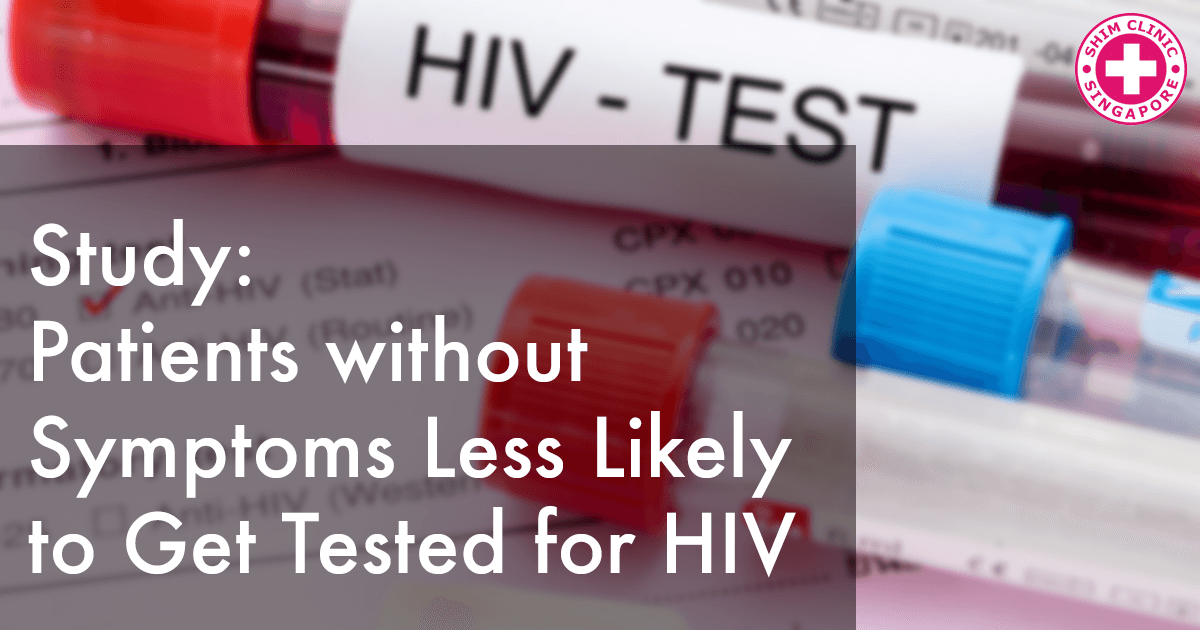A cross-sectional survey that was published in PLoS One revealed that people suffering from HIV but who show no HIV symptoms are likely to skip HIV testing. Such patients are also more likely to neglect any future HIV symptoms.
A team of researchers from the Karolinksa Institute and Karolinska University Hospital in Stockholm, Sweden, lead by Joanna Brannstrom, MD, Ph.D., conducted the study to pinpoint the reasons why people were skipping HIV diagnosis.
Two Primary Outcomes for Non-Diagnosis
The study involved 409 adult patients who were newly diagnosed with HIV within a period of 2 and a half years. The study identified two primary outcomes. The first outcome was missed presentation. This is when a patient who had a clinical indicator did not seek HIV testing. The second outcome was patient neglect. This is when the patient experiences HIV or AIDS symptoms but they don’t seek medical care.
Clinical indicators for HIV testing were identified as sexually transmitted infections (STIs), hepatitis B, hepatitis C, cervical or anal cancer, herpes zoster, fever of unknown origin and oral thrush without previous use of antibiotics.
The study population involved people above 18 years of age who had been diagnosed within six months prior to the study. The participants were required to give a written informed consent before getting started. The study was conducted at 12 clinics in Sweden from 1st October 2009 to 31st January 2012. The 12 clinics were picked from county clinics and clinics in major cities.
The researchers collected details about the gender, age, country of origin and estimated path of transmission from the participants. They also collected for CD4+ T-cell count data and details of participants’ AIDS diagnosis from the national InfCare HIV database.
From the 409 participants, 66% were male, 53% had contracted HIV heterosexually while 35% were men who have sex with men (MSM). 38% listed Sweden as their country of origin while 33% were originally from Sub-Saharan Africa.
A physician filled out a medical history questionnaire on behalf of the participants. The questionnaire helped to collect data about the participants’ details from the previous three years prior to diagnosis. Some of the information collected included HIV or AIDS symptoms that the patients neglected, psychiatric illness, current or previous drug abuse, immigration date, any previous negative HIV test done in Sweden, initiator of the HIV test, whether it was the patient or a physician, and the reason for testing.
Missed Opportunities Lower in Immigrants
The study found that 37% of patients had had at least one missed opportunity for diagnosis, 27% of the patients had a missed presentation, while 16% had ignored their HIV symptoms. Missed presentation cases were lower for East European, Asian, East Pacific and sub-Saharan African migrants compared to cases of individuals born in Sweden. Cases of neglecting HIV symptoms were also lower among the same immigrants and men who have sex with men (MSM).
The study also found that HIV-positive individuals in the East and who had a substance abuse or who had had a negative HIV test before were more likely to initiate an HIV test. On the other hand, patients who were above 50 years old with a previously missed presentation were less likely to initiate HIV testing.
From the results, 25% had initiated HIV testing themselves, 33% said a physician had initiated the test due to symptoms, 41% got tested during screening, 7% were mothers health/blood donors.
In conclusion, the study clearly shows the need to put strategies in place to identify patients without HIV indicators as well as other undiagnosed individuals and encourage them to get tested in a bid to combat the HIV epidemic.


Pingback: Patients without Symptoms Less Likely to Get Te...